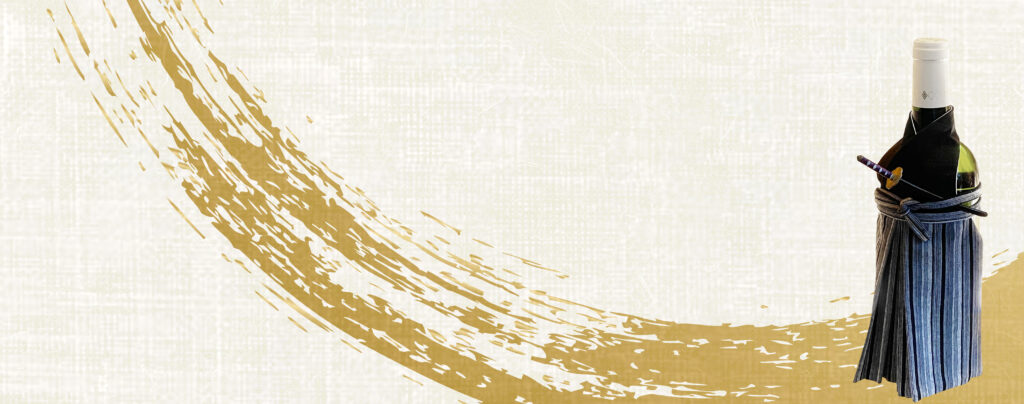
- What is BUDO Tourism?
- BUDO Tourism’s Choice of Contents.
- Bizen Osafune Sword Museum, Experience being a swordsmith in Japan’s number one sword producing area.
- Japan Heritage Site, Shizutani Gakuen School, Edo Period Student Experience.
- Ceramic art experience in Inbe, the town of Bizen Pottery.
- Farming and harvesting experience at a grape farm.
- Tasting at the winery.
- Features of BUDO Tourism
- Related SDGs
- Additional options to enjoy BUDO Tourism more (apply separately).
- Flow from application to the day of the event.
- Service Q&A
What is BUDO Tourism?
After enjoying the gourmet food in Tokyo, the Japanese culture in Kyoto, and the hot springs in Hakone, we invite you to explore deeper into Japan.
One of the most fascinating aspects of Japan is its traditional culture that has been passed down through the ages.
Gagaku, the world’s oldest orchestra, was introduced to Japan from China 1,200 years ago, and the instruments and playing techniques have been passed down to the present day in the same form as they were in those days. The woodworking techniques of shrines and temples, known as miya-daiku, have been passed down from generation to generation for 1,300 years.
What these techniques convey to us today are “important things (essence)” that will not change even if the times change.
In BUDO Tourism, you will experience Okayama’s representative specialty, grapes, and the traditional culture and crafts related to Japanese “Budo” (martial arts).
Since ancient times, Japan has been a country of mountain worship, and the attitude of enjoying, respecting, and living with nature in traditional culture and crafts.
We hope that you will make your own discoveries through the various experiences and interactions with active craftspeople on this trip.
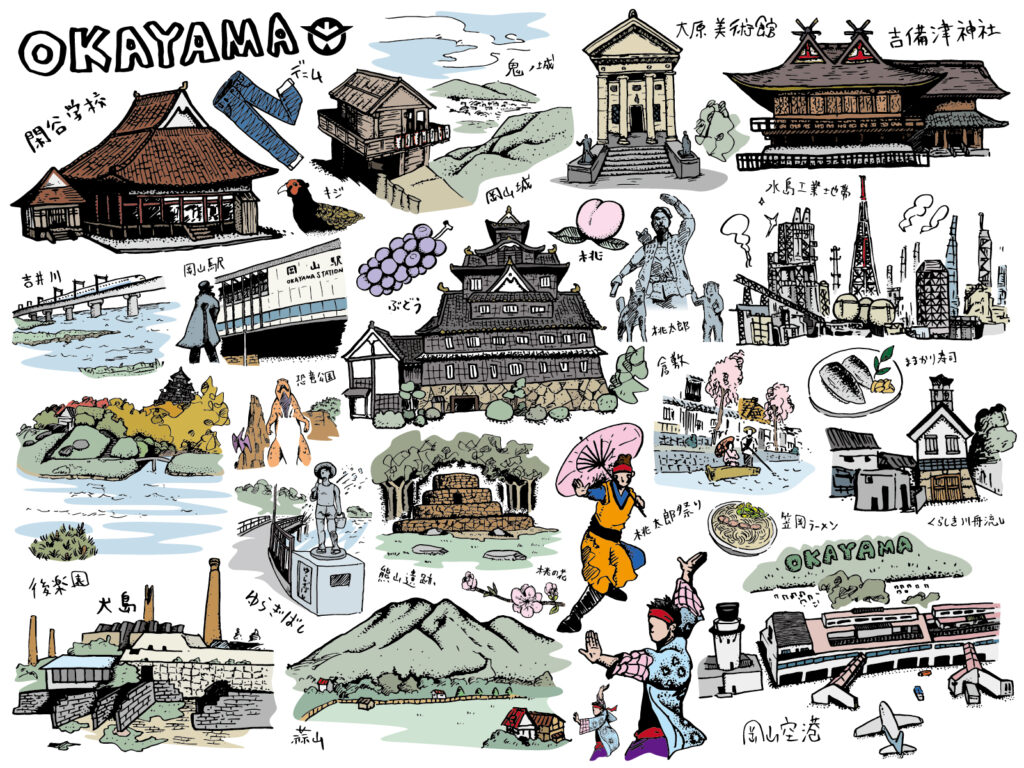
BUDO Tourism’s Choice of Contents.
In BUDO Tourism, you can make choose any options you like.
Bizen Osafune Sword Museum, Experience being a swordsmith in Japan’s number one sword producing area.
The Japanese sword is the soul of the samurai.
In the Warring States period, people wanted practical strength from their swords and shape, and in modern times, for their beauty as works of art.
Bizen Osafune became a major production center of Japanese swords because of the quantity of Tama-hagane the raw material used to make these swords. Of the 111 Japanese swords recognized as national treasures, 47 were produced in Bizen Osafune, making it Japan’s top sword producing area in terms of both quality and quantity, and the area has attracted the attention of Japanese sword fans from around the world.
Currently, active craftsmen are still making swords in the forge and workshop to the Bizen Osafune Sword Museum, and visitors can observe and communicate with them up close as they work.
Those who wish can experience the creative process of making paper knives from Tama-hagane under the direct guidance of the craftsmen, or learn the ancient method of forging (the process of beating hot Tama-hagane repeatedly to make Japanese swords stronger, the most important process in sword making).
We also offer a special tour of the most important spectacular part of the sword-making process: the Koshiki way. (Time required: approximately 1-2 hours, excluding the creation experience)
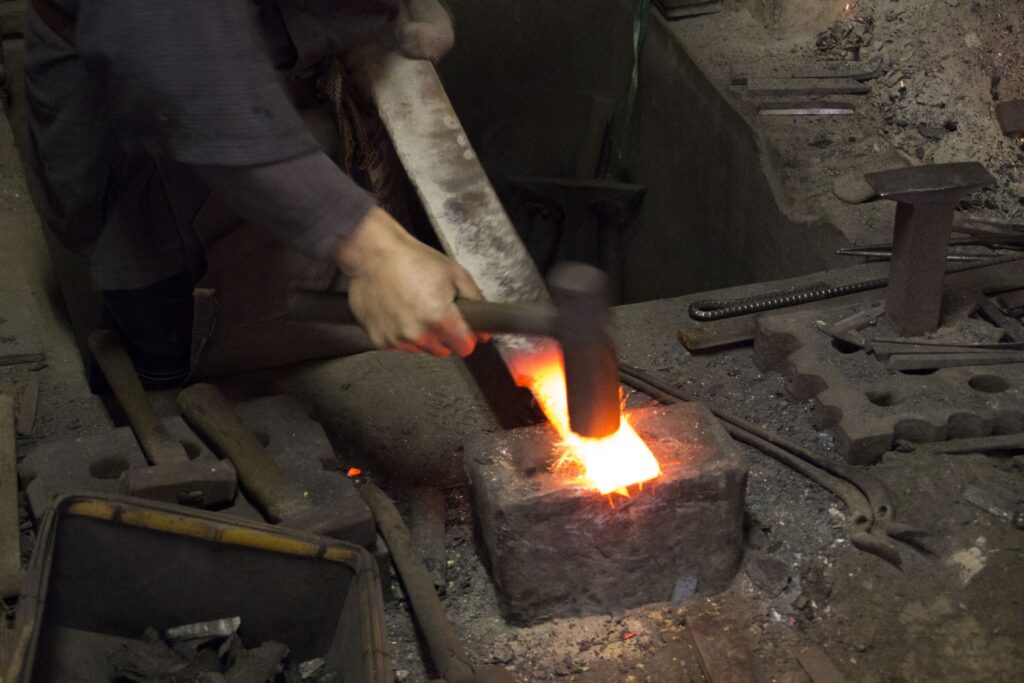
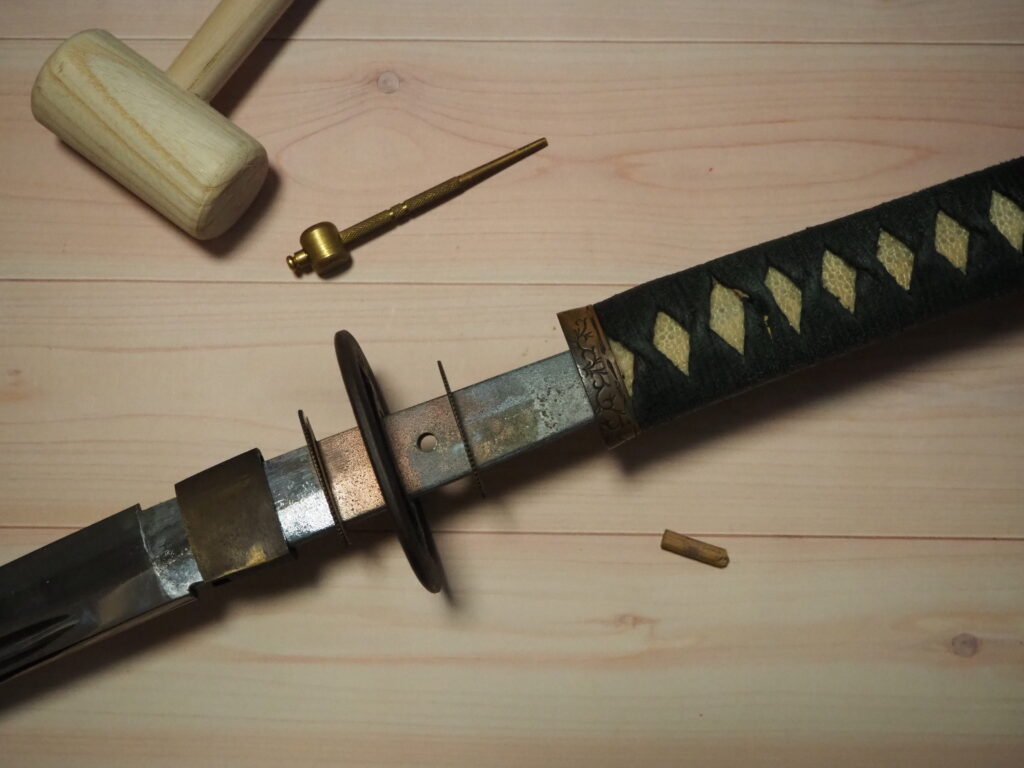
Japan Heritage Site, Shizutani Gakuen School, Edo Period Student Experience.
The Shizutani Gakuen School was built 350 years ago in the early Edo period under the direct management of the Okayama Domain, and is said to be the oldest public school for the common people in the world.
Based on the thought that “building a nation starts with building its people”, Ikeda Mitsumasa, the lord of Okayama, established Shizutani Gakuen school as a place to provide high quality education to both samurai and commoners, and to nurture human resources who could become “community leaders”.
At that time, what was taught at Shizutani Gakuen school was mainly Confucianism, and students learned a wide range of subjects from the nature of people to how to be a leader. It is a very valuable place where samurai, merchants, and farmers studied side by side at desks during a time when the status system was strictly regulated. The lecture hall, built in 1701, still exists and is designated as a national treasure.
If you wish, you can experience a lecture hall study of the Analects of Confucius, just as the students of that time studied in Shizutani Gakuen school. (Time required: about 1-1,5 hours)
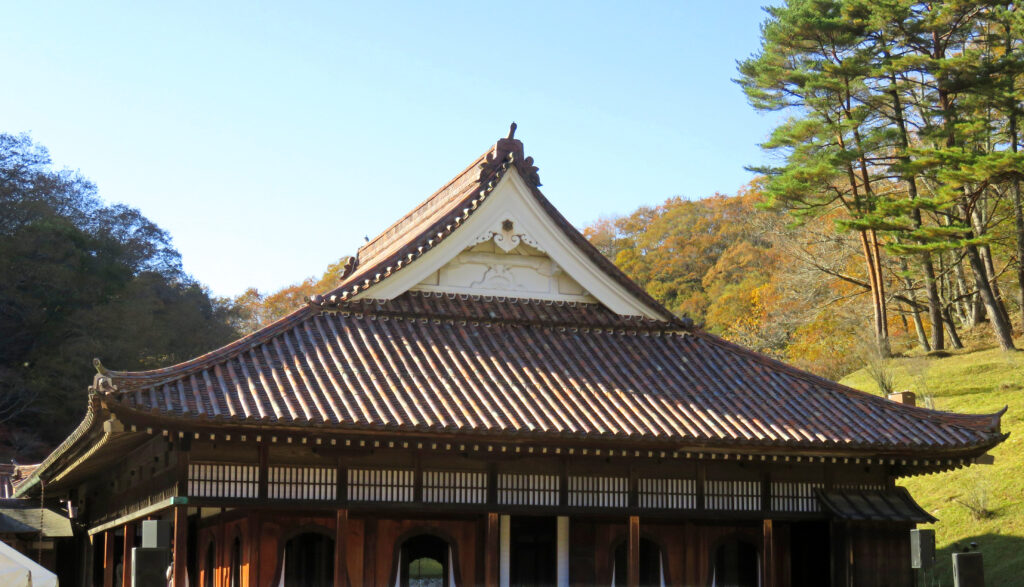
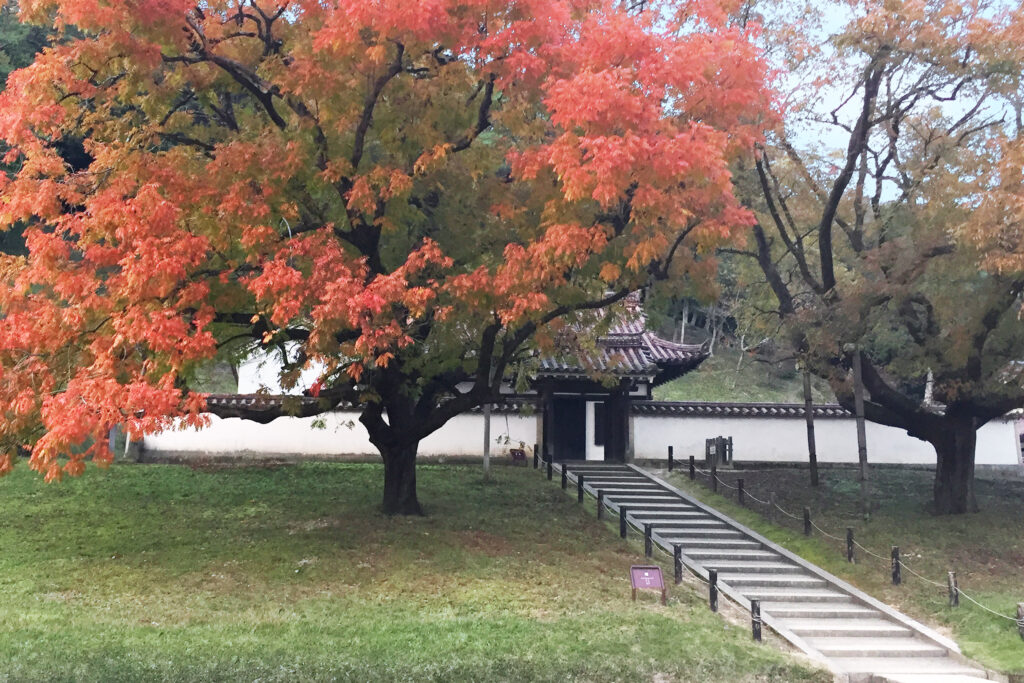
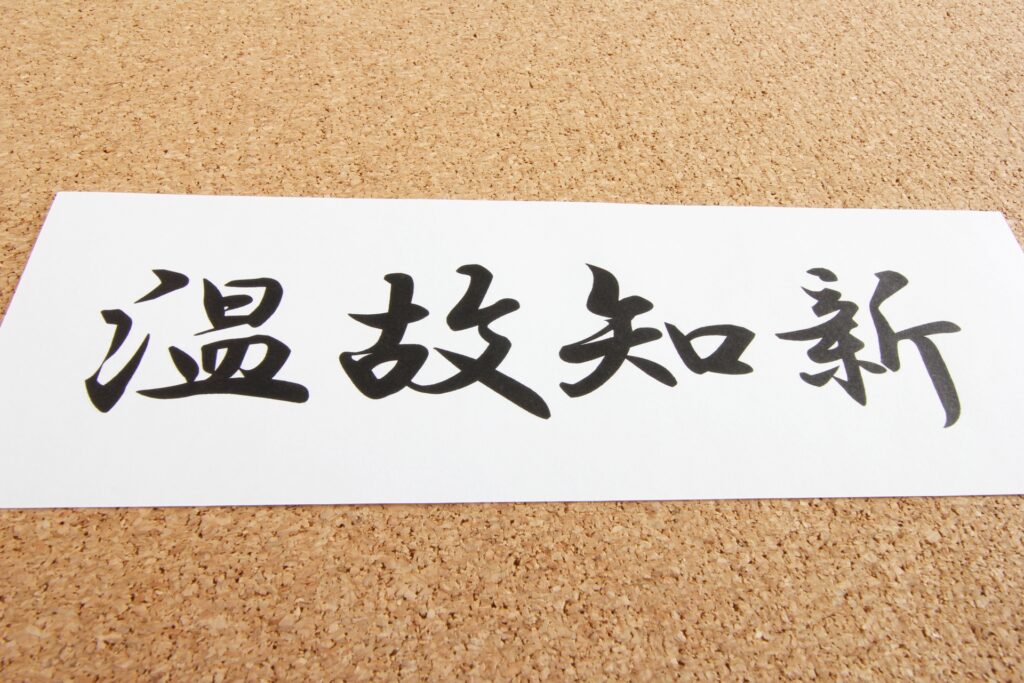
Ceramic art experience in Inbe, the town of Bizen Pottery.
Bizen Pottery has a thousand-year history and is one of The Six Old Kilns of Japan*. It is also called Inbe ware because its production is flourishing in the town of Inbe in Bizen City.
*The Six Old Kilns of Japan: A generic name for six representative brick ovens of ancient pottery that have been in production from the Middle Ages to the present.
Bizen ware is characterized by its rustic appearance that brings out the color and texture of the clay without coating the surface, and by its sturdiness. The uneven surface also has practical benefits, such as mellowing poured water and beverages and maintaining the life of fresh flowers when used as vases.
The clay used for Bizen Pottery is a blend of local ones. The way the clay is blended and fired give Bizen Pottery’s unique characteristics.
It was the tea master Sen no Rikyu (1522-1591) who made Bizen Pottery known to the world. Sen no Rikyu established “Wabicha” (tea ceremony), which embodies the Japanese people’s cherished “wabi and sabi” spirit, and laid the foundation for the current tea ceremony.
The concept of Wabicha matched the simplicity of Bizen Pottery, and was much loved by samurai. In particular, Toyotomi Hideyoshi, who built Osaka Castle, was a great fan of Bizen Pottery and is said to have had his own coffin made of Bizen Pottery.
You can try their hand at making ceramics by forming clay to make cups and plates under the guidance of a Bizen Pottery artist. (Time required: approximately 1-2 hours).
Tea ceremony using Bizen Pottery is also available.
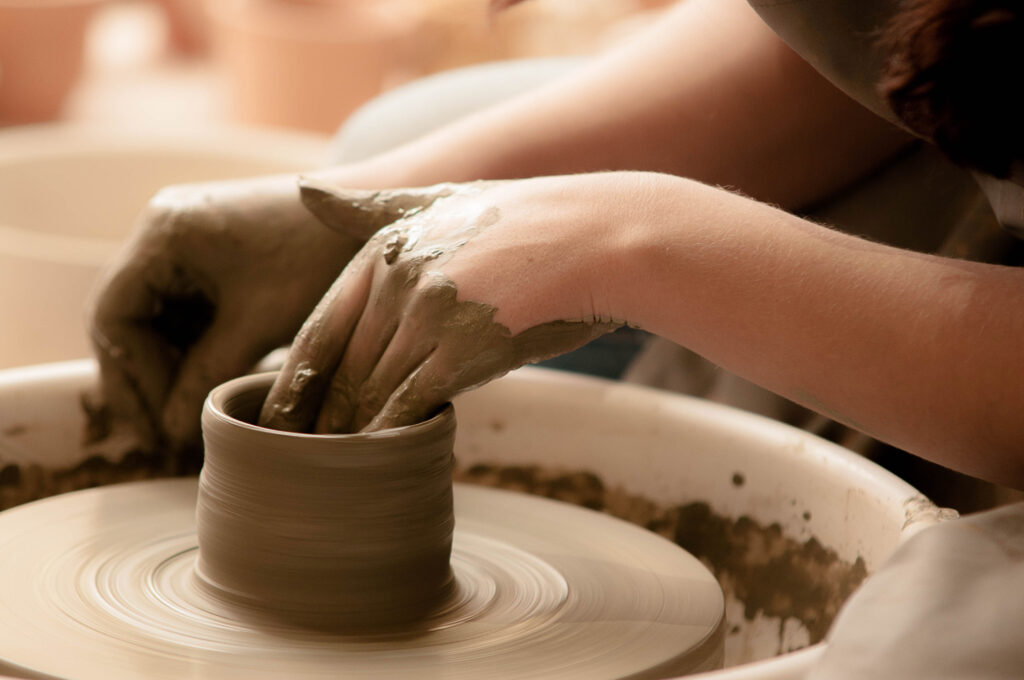
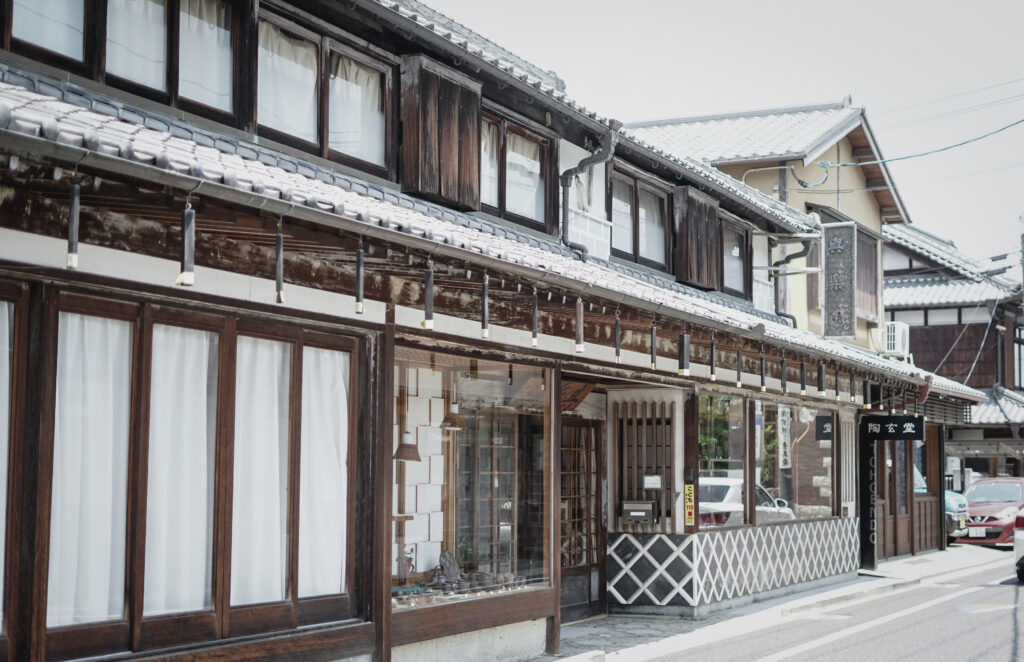
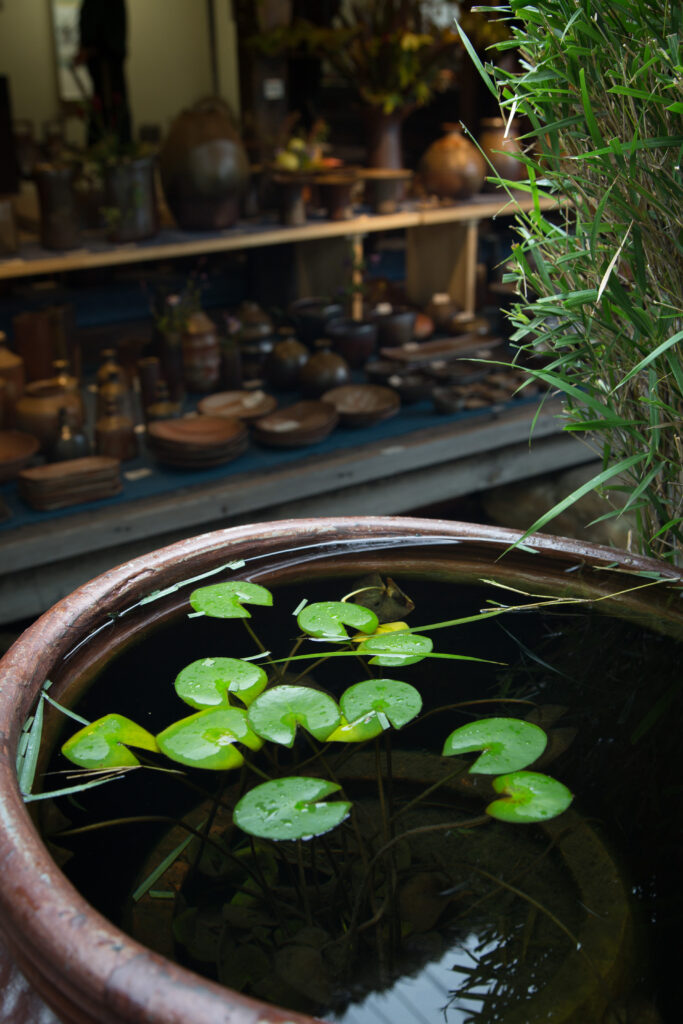
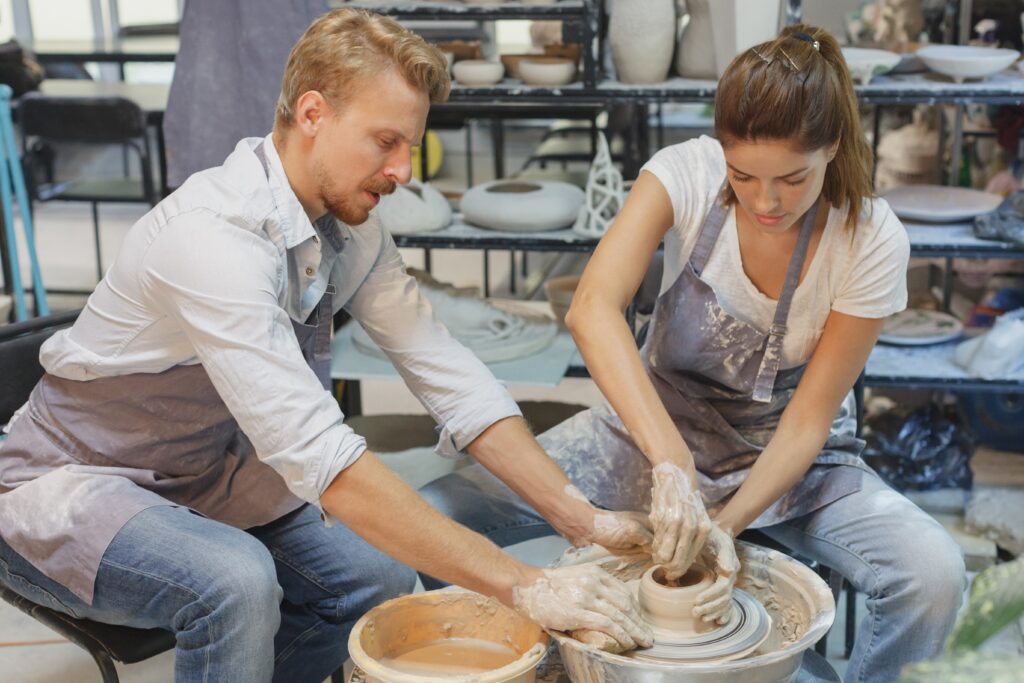
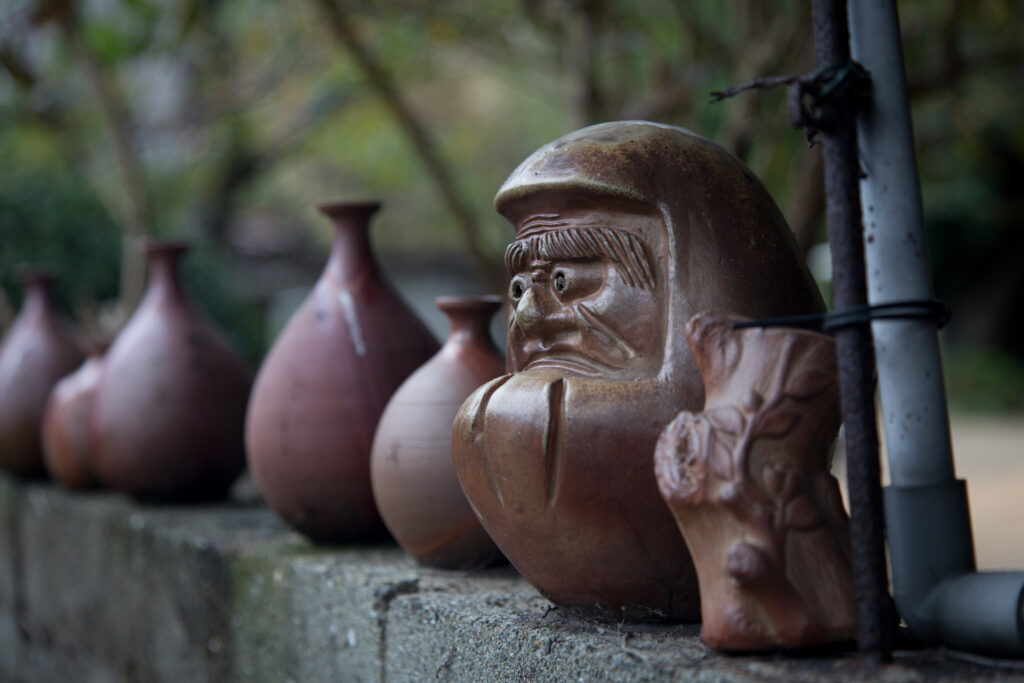
Farming and harvesting experience at a grape farm.
Speaking of grape cultivation, you may have an image of France, Italy, Spain, and the U.S., where wine production is thriving, but in fact, grape cultivation is also popular in Japan. Okayama, in particular, is a famous grape-growing region, shipping high quality grapes with high sugar content and well-shaped grapes both domestically and internationally.
The most popular variety is the Shine Muscat. It is characterized by its large size, sweetness, low acidity, and the fact that it has no seeds and can be eaten with its fruit peel.
Although they are sometimes purchased for personal use, high-quality grapes that look and taste great are often given as gifts or souvenirs to loved ones as a token of appreciation.
If you wish, you can experience a part of Okayama grape cultivation at a grape farm, and depending on the time of year, you can also experience harvesting grapes. (Time required: about 1 hour)
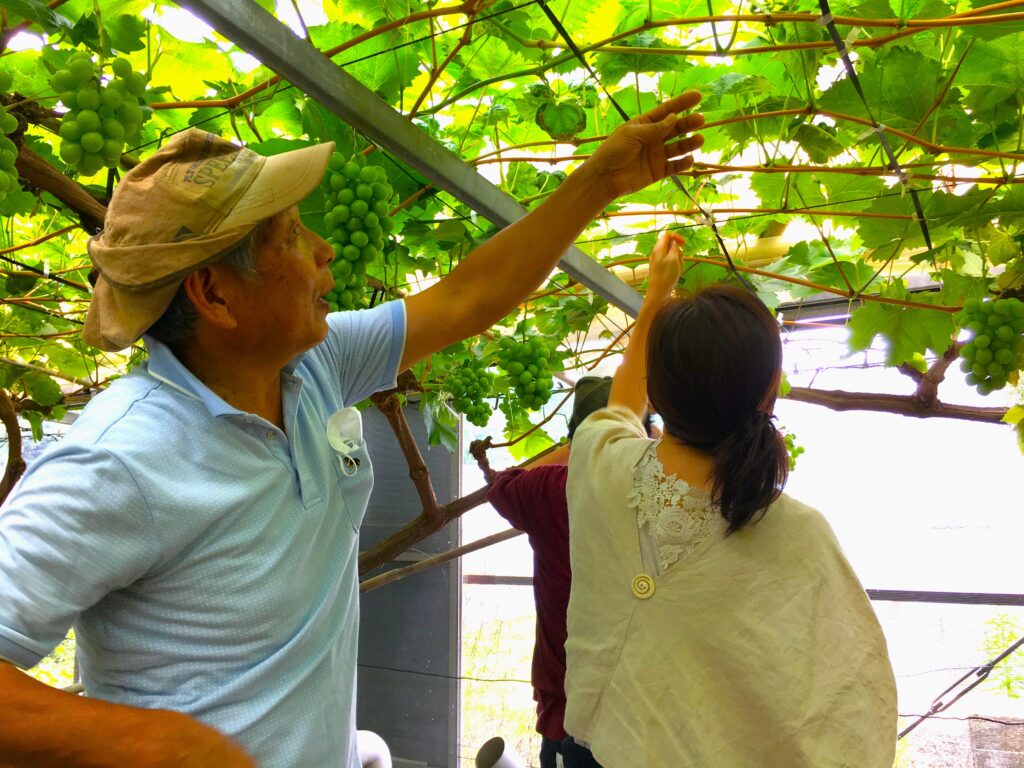
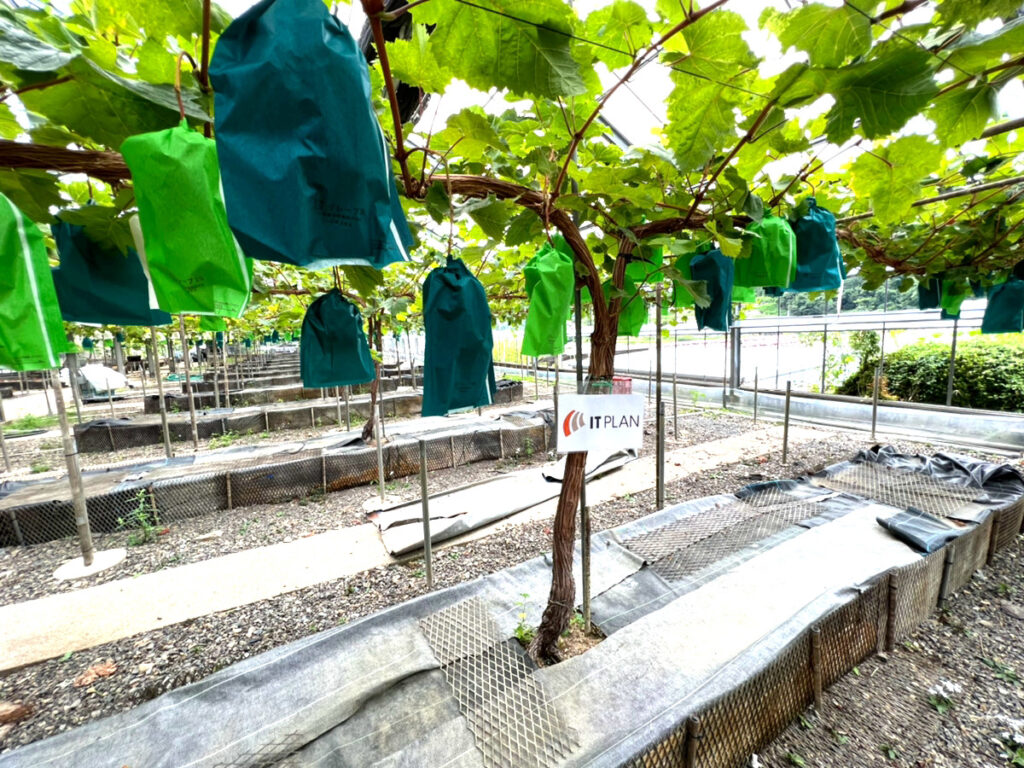
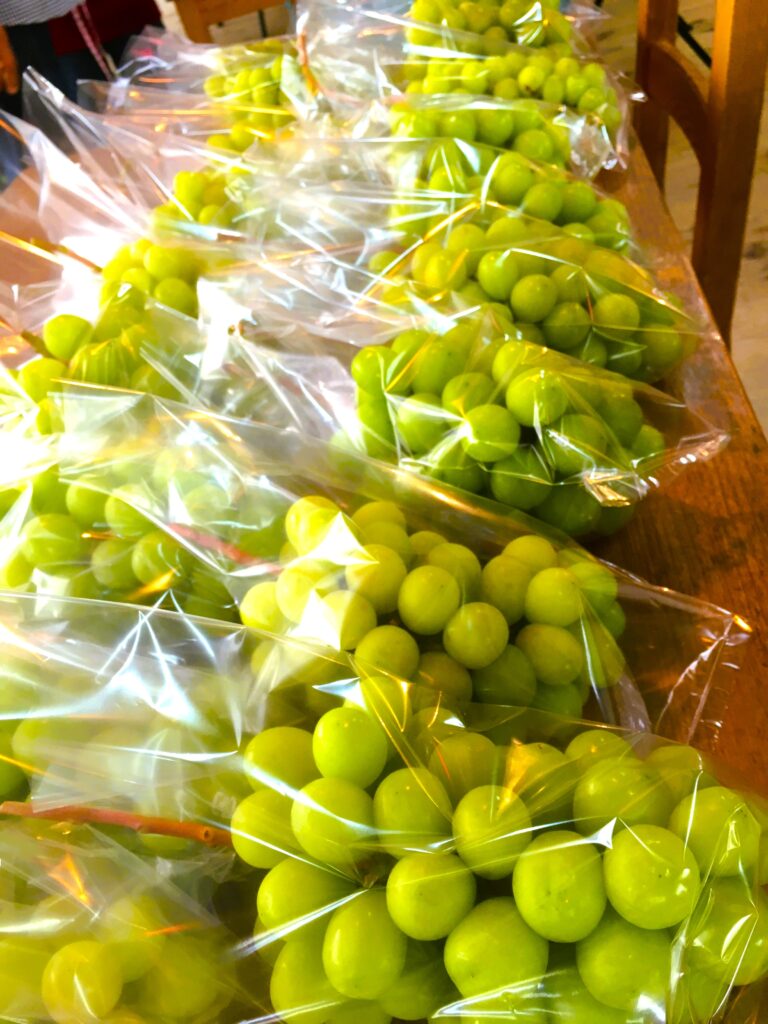
Tasting at the winery.
Wine production using grapes grown in Okayama has been attracting attention in recent years.
In the past, most of the wines were sweet, almost juice-like wines made from Muscat of Alexandria, but recently full-scale wine production has been flourishing. Enjoy a tour and tasting at a winery where you can enjoy Okayama wines in the process of growth. (Time required: about 1 hour)
*As of November 2022, tours and tasting services at some wineries have been suspended to prevent the spread of COVID-19.
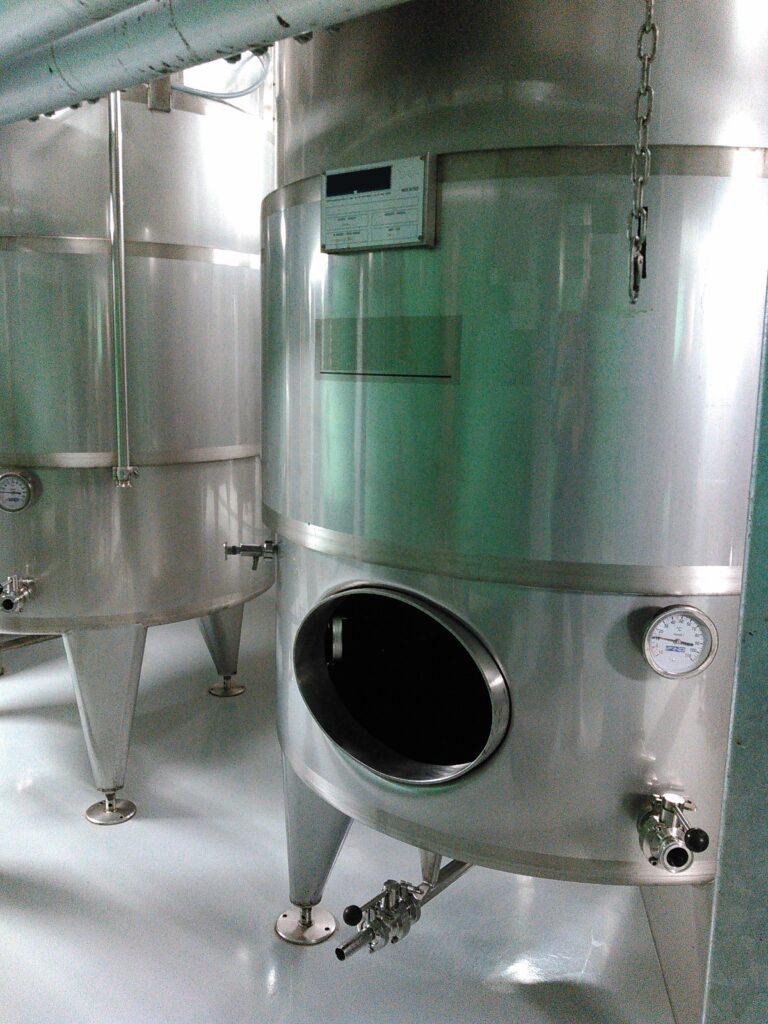
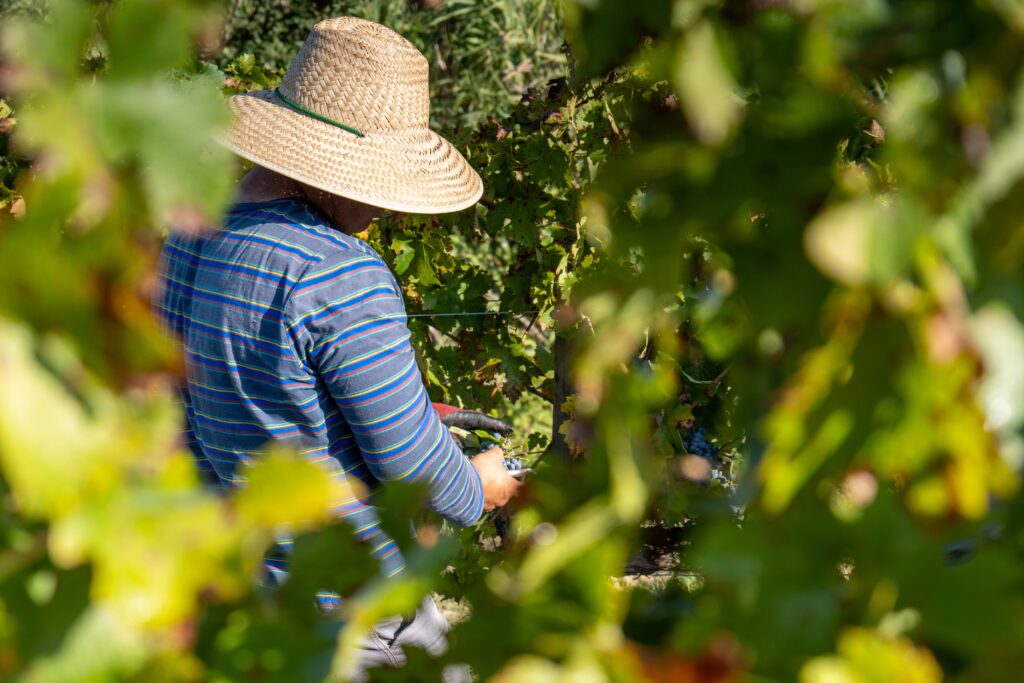
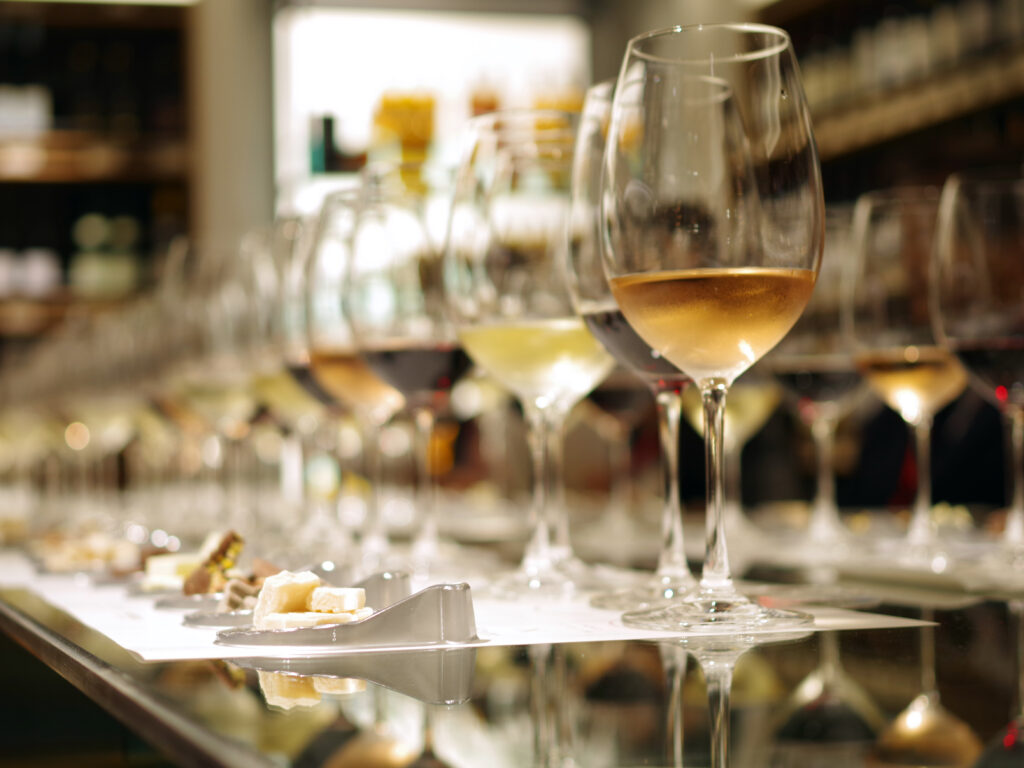
Features of BUDO Tourism
BUDO Tourism has the following features.
Smooth transportation by chartered cab.
Have you ever given up on a destination because of lack of time or rushed sightseeing, even though there are many places you would like to visit on your trip?
Although Japan has a relatively well-developed transportation network, there are still many places in rural areas that are inconvenient to access.
Therefore, in order to maximize your time in Okayama, BUDO Tourism offers chartered cabs that provide smooth transportation with no waiting time. You will be able to enjoy the scenery from the window of the cab and communication with the local driver.
Safe travel with an interpreter-guide.
BUDO Tourism’s interpreter-guides will guide you from the meeting point to the dismissal point.
In addition to interpreter-guides at each facility in an easy-to-understand manner, they will also be available to answer any questions or problems you may have during your trip. Please also enjoy interacting with local people and active craftsmen through the interpreter-guide.
Languages available: English
Travel to satisfy your intellectual curiosity with commentary from expert guides.
BUDO Tourism provides explanations by expert guides at each facility. By not only seeing and experiencing, but also learning about the points of interest and historical background of each traditional craft, you will be able to satisfy their curiosity.
Related SDGs
This product addresses the following SDGs.
SDGs9 Industry, Innovation and Infrastructure
SDGs15 Life On Land
SDGs17 Partnerships for the Goals
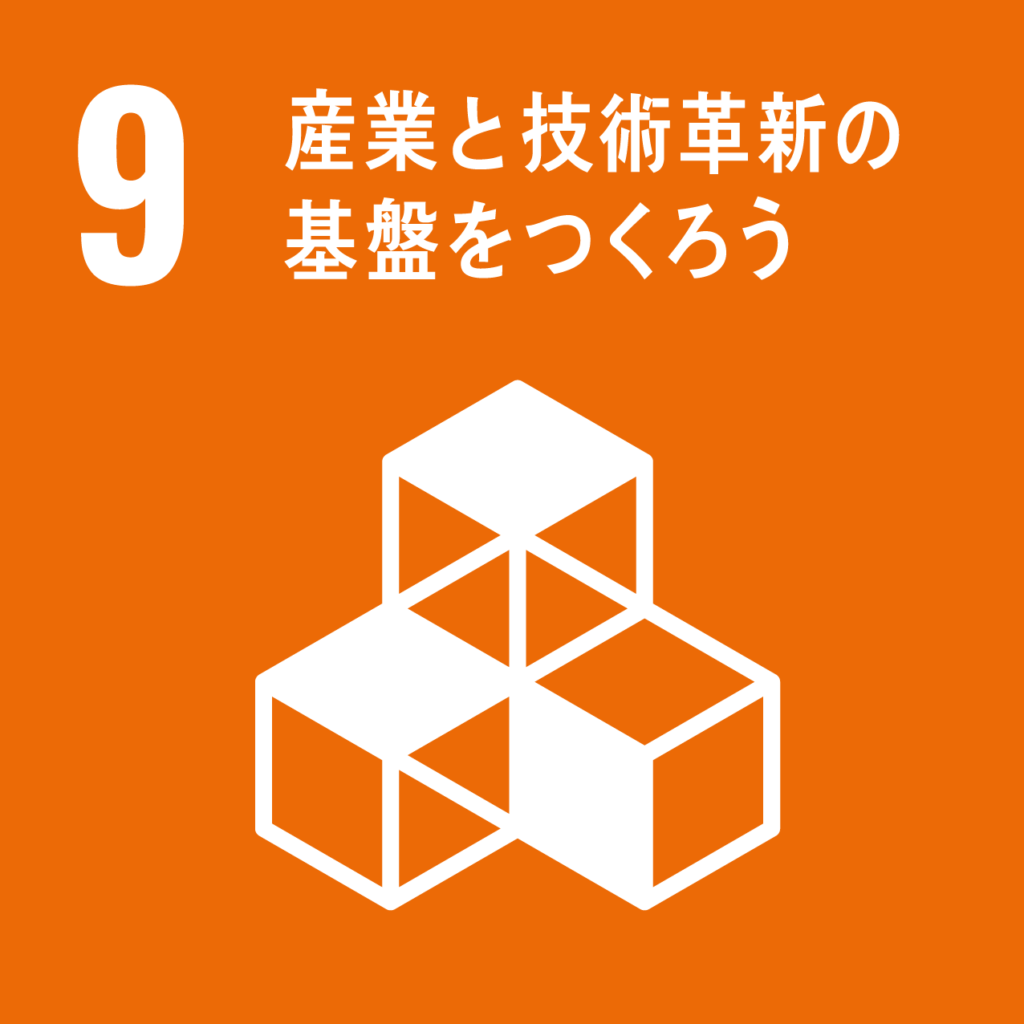
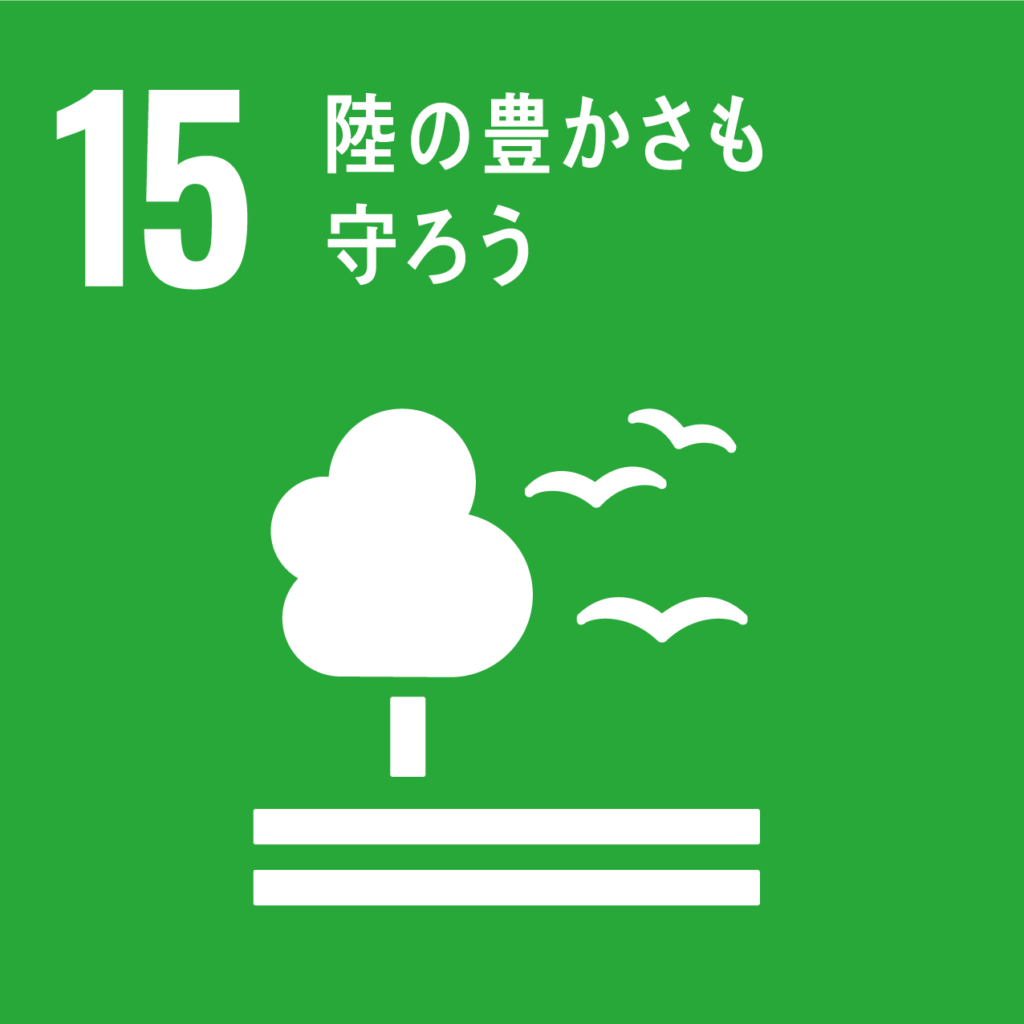
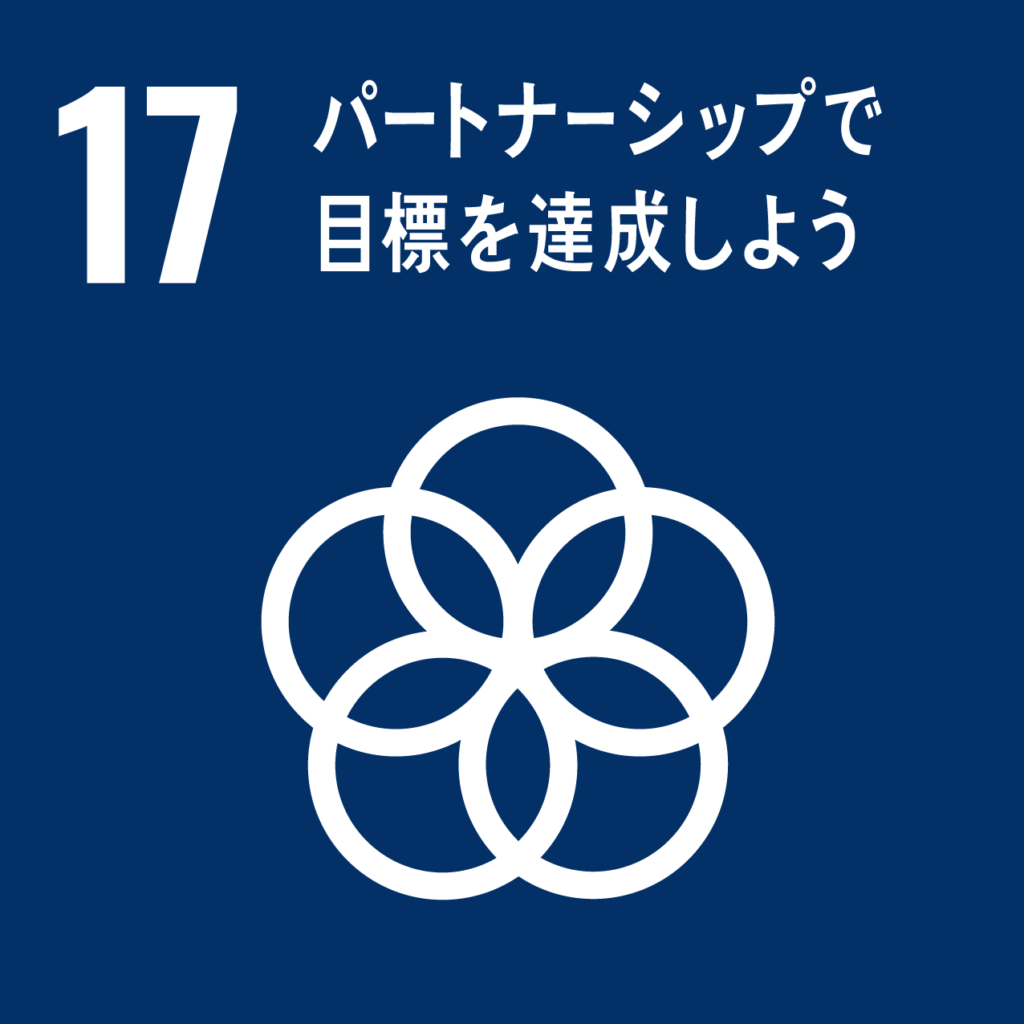
Additional options to enjoy BUDO Tourism more (apply separately).
Strolling in Kimono
The nostalgic townscape of Inbe and the architecture of the Shizutani Gakuen School, which still retains its Edo period atmosphere, look great with kimono. Why not take a stroll in kimono?
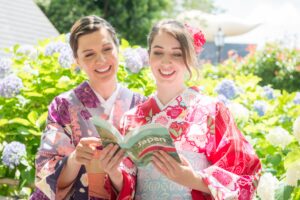
Flow from application to the day of the event.
Application
If you are interested in tour, please contact us using the form below.
Client interviews
- Preferred dates, number of participants.
- Requests for travel plans incorporating BUDO Tourism (lodging, sightseeing, meeting place, time, etc.).
- Any special considerations (e.g., allergy information).
- We will be happy to discuss your other preferences.
Planning (proposal) and Contract
- Please check our proposed plan. Please let us know at this time if there are any changes you would like to make.
- Once the plan and amount are finalized and payment is confirmed, the contract will be signed.
Tour day
We will inform you in advance of the meeting time, meeting place, and emergency contact information.
Service Q&A
- Is there a cancellation policy?
- Cancellation after payment has been made may incur a cancellation fee. For details, please refer to our General Terms and Conditions of Travel Business.
- To what extent is language support available?
- English is available. For other languages, please contact us.
- How long does BUDO Tourism take?
- BUDO Tourism is a tailor-made tour, so the time required for the tour is determined by the customer’s request. We can provide guidance from a single visit. As a rough guide, a 4-hour tour includes 1~2 tours + 1 experience, while an 8-hour tour includes 2~3 tours + 1~2 experiences + a meal.
- Can I purchase traditional crafts?
- Possible.Some products may not be allowed to be brought into your country, so please check before purchasing.


